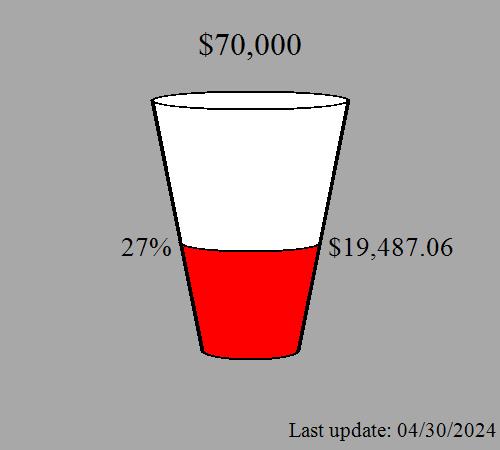Mr. Ron is taking laps, and they call him Roto-Rooter
slash plumber, fast runner, and he fly on them computers

Entries in the hill (22)
Coach's Corner: Sarah Gone Sharking
 Chris Sinagoga |
Chris Sinagoga |  Wednesday, July 27, 2022 at 2:55PM
Wednesday, July 27, 2022 at 2:55PM Besides the Lily and Mr. Mark one, the picture that stood out to me the most from the Shark Week workout is this one of Sarah trying to maneuver her way through the treacherous waters:

If you ever wanted to create a scenario where Sarah would 100% show a bad lower-body position if she had one, this would be it:
- Reaction - the single biggest factor, in my opinion, that shows our bad positions. We are thinking about the thing we're reacting to, not the position, itself, and the change of direction that spontaneously happens cannot be replicated in practice.
- Uphill - going uphill adds a range of motion demand on out hips and ankles; the slope makes them bend more. If you barely have enough range of motion in those joints to keep good position on the flat ground, odds are it won't happen uphill.
- Odd object - as you all know, medicine balls are not designed to be run with. When we carry them it shifts us more forward than we usually want, which we (Sarah) combat by slamming on the heels to break.
- Different terrain - the unevenness of the grass (bumps, holes, etc.) require that our ankles, especially, be limber enough to bend and spring to help us move, as opposed to running on the cement, which is relatively flat.
- Adrenaline - Sarah, scared for her life of being Sharked or getting blasted with a water balloon, has only one objective in mind: make it back to the exchange to relieve herself of the burden of carrying a medicine ball. Nothing else matters.
Now imagine how different this picture would look if she was consciously practicing her change of direction (not reacting) on a level, manmade surface without a medicine ball.
Actually, don't imagine it. Here's a picture from December:

It is worth repeating Carl Paoli's quote from 2012: everything done in the weight room is an exaggeration of reality. That means that we take away or add certain factors to movements in order to practice them in a certain way. Some of those ways make it easier to practice and some make it harder to practice. But either way we need to be conscious of how we practice so that when the movement happens in real life, we'll be more likely to do it well without thinking about it.


